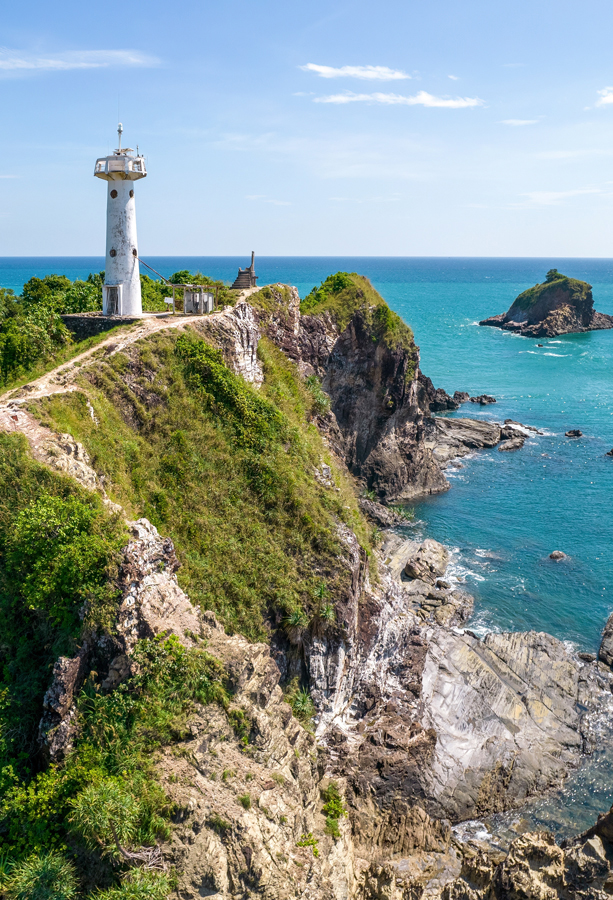Often, the best vacations allow you to leave the fast pace of everyday life behind and relish in the slower, simpler moments. While visiting a luxury island resort, traveling by air-conditioned transfers and enjoying other modern amenities is one way to vacation, but it can also take a toll on an island’s delicate environment. If your idea of a blissful island getaway doesn’t include congested streets, traffic jams, and looking both ways before you cross the road, consider one of these six beautiful islands where no cars are allowed.
Hydra – Greece
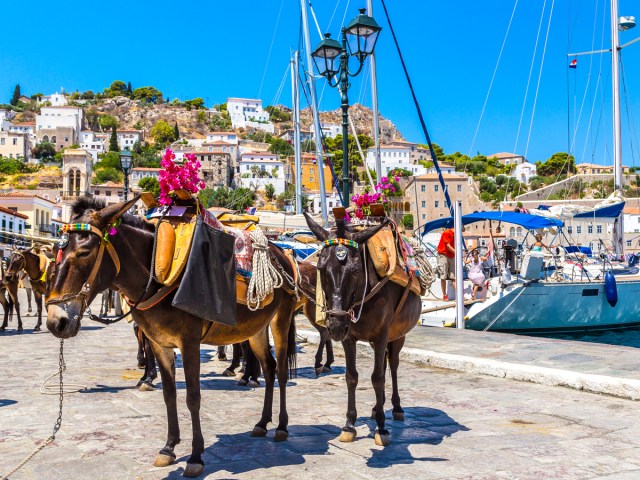
Automobiles have never been a part of Hydra’s tight-knit community, but the island’s car-free culture was solidified in the 1950s, when a presidential decree banned wheeled vehicles on the Greek isle. The decision was made to preserve Hydra’s unique and historic architecture and its laid-back charm — which has made it an even bigger draw for travelers today. Even bicycles are forbidden for adults; however, children 12 and under are permitted to use them in the winter months (but not in the busy summer months). Instead, locals heavily rely on donkeys to traverse the steep alleyways and steps leading up from the harbor to the residential areas overlooking the sea.
Island life on Hydra is nothing if not relaxed — strolling leisurely around the harbor and alleyways, one can admire the blossoming bougainvilleas cascading down the island’s stone walls without the worry of traffic or the bother of screeching brakes or revving engines. Hydra may have an old-world feel, but tourists have been frequenting its shores for decades, which means there’s enough restaurants and nightlife to keep visitors entertained in the evenings, too.
Lamu Island – Kenya
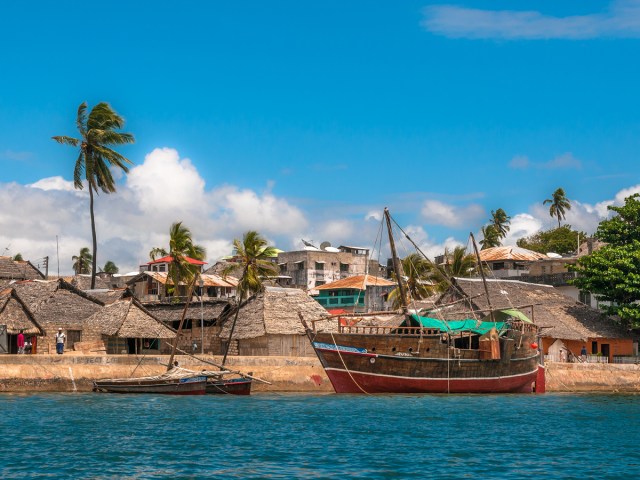
Travelers from all over the world come to Kenya for safaris, but considerably fewer tourists know about this historic, car-free island just off the country’s northern coast. Lamu Island’s Old Town — a UNESCO World Heritage Site — was once a prosperous trading port in the 15th and 16th centuries and is home to one of the oldest continuously inhabited Swahili settlements in East Africa.
Cars are banned on the island because of the tight spaces between buildings that can’t accommodate vehicles; instead, most people walk or use donkey-drawn carts to get around. Even if the community wanted it, local laws forbid the demolition of culturally significant buildings to expand roads. For travelers, the lack of cars adds immensely to the island’s charm, and wandering on foot allows more opportunities to admire its fascinating architecture — an eclectic mix of Arab, Indian, Persian, and European influences.
Paquetá Island – Brazil
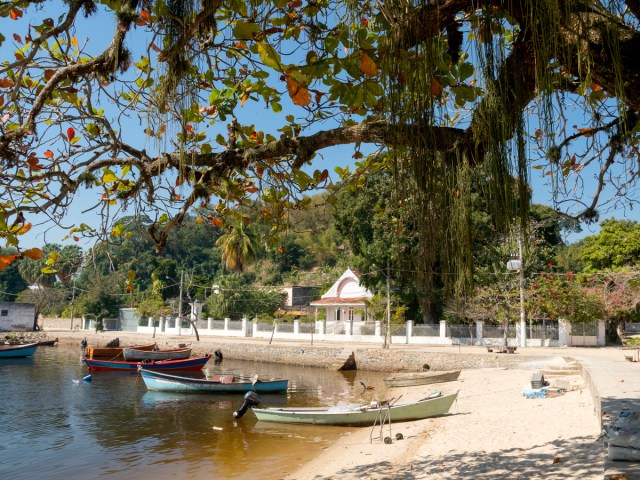
This island in Guanabara Bay — off the coast of the buzzing cosmopolitan of Rio de Janeiro — is as unassuming as it is enticing. An hour ferry ride from Rio, Ilha de Paquetá is a local treasure favored for its slow pace, stunning island beaches, and no-cars-allowed policy. Visitors can hire a golf cart taxi or horse-drawn carriage to get around the island, but perhaps the best option is to rent a bicycle and leisurely explore the 1.5-mile-long island on your own.
Despite its small size, there are plenty of worthy reasons for a day trip to the island. Not only is there colonial architecture to admire (left behind by the Portuguese), but the island is also flush with rare flora and fauna — including around 20 baobab trees (some of the only ones in Brazil). Visitors will also find a few excellent watering holes for artisanal beverages and local cuisine.
Gili Islands – Indonesia
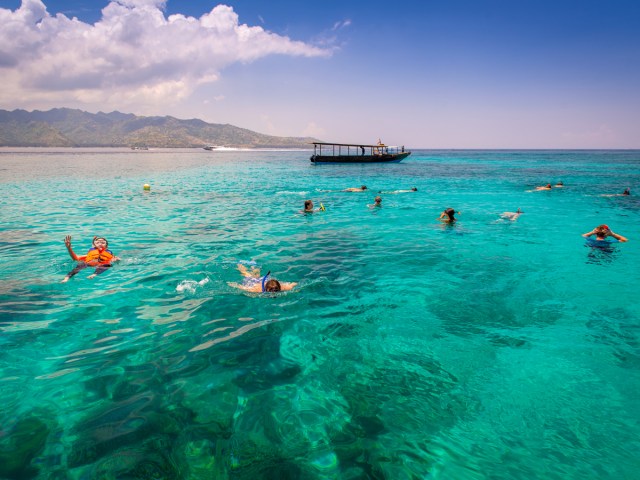
The Gili Islands — with a name meaning “small” in Bahasa Indonesian — are a trio of tiny islets off the coast of Bali’s neighboring island, Lombok. Gili Air, Gili Trawangan (also known as Gili T), and Gili Meno are popular for their relaxed vibes, stunning sunsets, and excellent scuba diving. Each of the three islands has its own draw: Gili T is the party island, Gili Air is the quietest, and Gili Meno is somewhere in between. But it’s the local ordinance that bans cars and motorbikes on all three islands that makes them a welcome reprieve from the often-noisy, tourist-heavy destinations in nearby Bali and Lombok. (Electric scooters are permitted, but rare.)
Once you step foot on the Gilis, life instantly slows and quiets down, and your focus is redirected to the calm, clear turquoise waters and swaying palms. Each island measures only a few square miles, so a motorized vehicle is not necessary to thoroughly explore them. Renting a bicycle, walking, or hiring a horse-drawn cart are the only transportation options.
Koh Phayam – Thailand
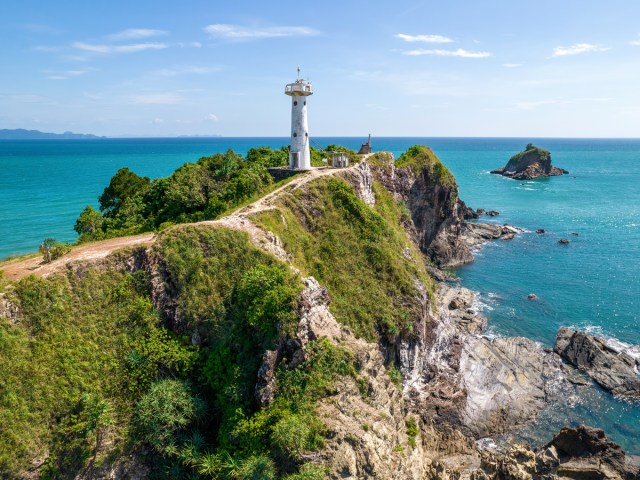
With so many breathtaking islands in Thailand, it’s understandable that not all would be as famous as party-hardy Koh Phangan or the diving meccas of Koh Tao and Koh Lanta. Perhaps that’s what makes the quiet, under-the-radar island of Koh Phayam so special. Located in the Andaman Sea, close to the mainland of Myanmar, Koh Phayam is a rarity in the so-called “Land of Smiles,” as the serene isle is still relatively undiscovered by mass tourism.
The lack of road development has resulted in a lack of cars, which are largely deemed unnecessary on a slice of land that’s just six miles long and three miles wide. However, motorbikes are allowed and are often the preferred method of transportation for intrepid explorers and locals. When compared to the often-over-touristed Koh Samui and Koh Phi Phi, Koh Phayam still possesses the allure and charm that other Thai islands once did before they were widely known.
Isla Holbox – Mexico
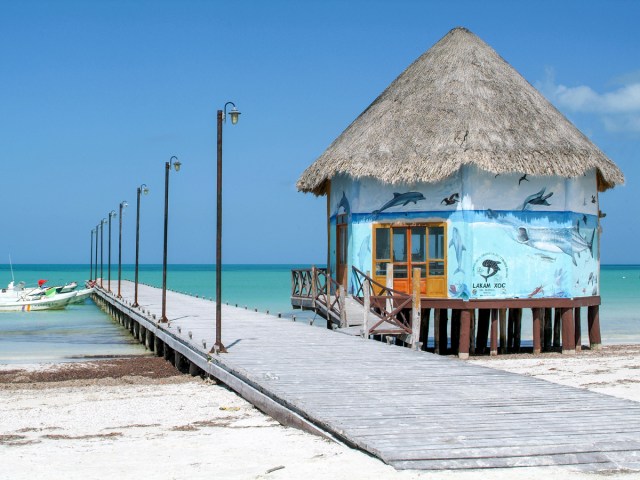
This narrow barrier island off the northern tip of the Yucatán Peninsula is a far cry from the spring break vibes of Cancun and Playa Del Carmen on the mainland. Beautiful, unspoiled beaches beckon to be laid on, but many people come to Isla Holbox to disconnect from everyday life and immerse themselves in nature — for example, by swimming with sea turtles and whale sharks, kayaking through the island’s mangroves, island-hopping to nearby Isla Pajaros to see flamingos, or simply cruising up and down the coast of the 26-mile-long island. Despite Isla Holbox’s popularity, the ban on cars remains intact, and colorful buildings topped with thatched roofs also contribute to the island’s undeniable charm.
More from our network
Daily Passport is part of Inbox Studio, which publishes content that uplifts, informs, and inspires.






